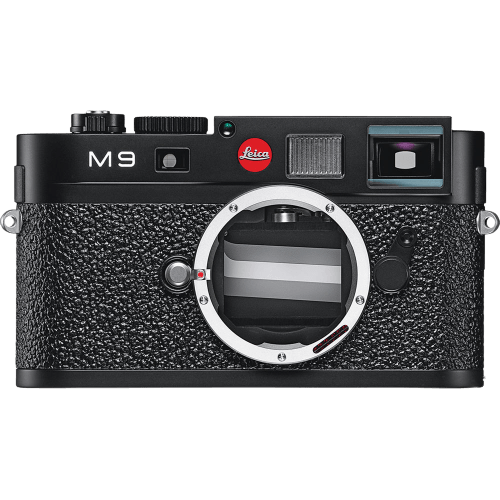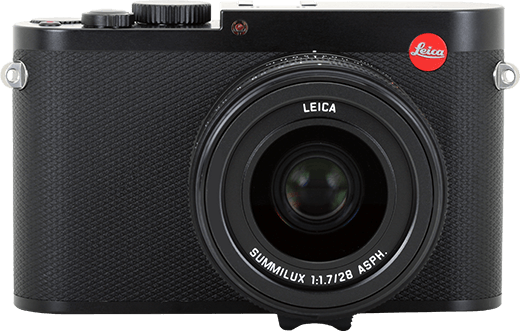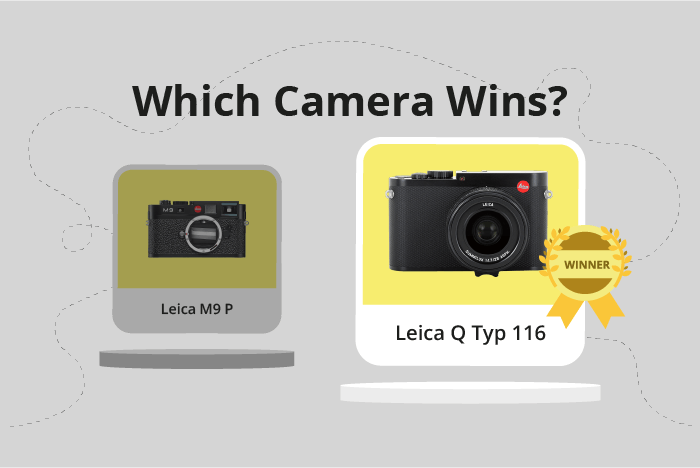Leica M9 P vs Q Typ 116 Comparison
Leica M9 P

Leica Q Typ 116

The Leica Q Typ 116 outperforms the Leica M9 P with a 31-point difference in our scores, earning 64/100 compared to the M9 P’s 33/100. Both cameras share similarities such as their announcement years (2011 for M9 P and 2015 for Typ 116) and dimensions, with the Typ 116 being slightly smaller and heavier. The Q Typ 116’s higher score is a result of its better performance, which is reflected in its more affordable launch price of $4250 compared to the M9 P’s $6950.
Despite having a lower score, the Leica M9 P still holds its own as a mirrorless camera with a lighter weight of 600g. However, the Leica Q Typ 116’s compact design and more accessible price point make it a more appealing option for many photographers. Ultimately, the choice between these two cameras will depend on individual preferences and specific photography needs.
Leica M9 P vs Q Typ 116 Overview and Optics
The Leica Q Typ 116 emerges as the winner in the optics comparison, scoring 72/100, while the Leica M9 P scores 42/100. Both cameras share some specifications, including the Maestro II processor, full frame sensor size, and the absence of image stabilization.
The Leica Q Typ 116 outperforms the Leica M9 P in several aspects. With 24.2 megapixels, it offers higher resolution than the M9 P’s 18 megapixels, allowing for more detailed images. Additionally, the Q Typ 116 has a faster shooting speed of 10 frames per second, compared to the M9 P’s 2 frames per second, providing better performance for capturing fast-moving subjects. The Q Typ 116 also has a superior sensor type, utilizing a CMOS sensor with a DXOMARK score of 85, while the M9 P has a lower-scoring CCD sensor at 68.
Despite these advantages, the Leica M9 P has its own unique benefit, the Leica M lens mount. This feature allows users to interchange lenses, providing versatility and the opportunity to use various focal lengths. On the other hand, the Leica Q Typ 116 has a fixed lens mount, limiting users to a single focal length.
Considering these factors, the Leica Q Typ 116 is the better choice for those seeking a higher resolution, faster shooting speed, and a superior sensor. However, the Leica M9 P may appeal to users who value the ability to change lenses and experiment with different focal lengths. Each camera has its strengths, and the choice ultimately depends on individual preferences and needs.
Leica M9 P vs Q Typ 116 Video Performance
When comparing the video capabilities of the Leica M9 P and the Leica Q Typ 116, it is essential to note that the Leica M9 P does not have any video functionality. Therefore, this comparison will focus on the video capabilities of the Leica Q Typ 116.
The Leica Q Typ 116 has a video score of 70 out of 100. This camera’s maximum video resolution is Full HD, with dimensions of 1920 x 1080. The maximum video frame rate is 60fps, which allows for smooth and clear video recording. Additionally, the Leica Q Typ 116 has built-in time-lapse functionality, enabling users to create unique and captivating videos with ease.
Given that the Leica M9 P lacks video functionality, the Leica Q Typ 116 clearly outperforms it in this aspect. The Leica Q Typ 116 offers users a range of video capabilities, including Full HD resolution, 60fps frame rate, and time-lapse functionality, making it a more versatile camera for those interested in capturing both still images and videos.
Leica M9 P vs Q Typ 116 Features and Benefits
The Leica Q Typ 116 comes out as the winner in the feature comparison with a score of 57/100, while the Leica M9 P scores 17/100. Both cameras share some common specifications, such as the absence of a flip screen, GPS, WIFI, and bluetooth.
The Leica Q Typ 116 outperforms the Leica M9 P in several aspects. Its screen size is larger at 3 inches, compared to the 2.5-inch screen of the M9 P. Additionally, the screen resolution of the Q Typ 116 is significantly higher at 1,040,000 dots, providing a clearer and sharper image display. This camera also includes a touchscreen, allowing for easier and more intuitive navigation and control.
On the other hand, the Leica M9 P has some advantages over the Q Typ 116. However, these advantages are not related to the features discussed in this comparison, as both cameras lack flip screens, GPS, WIFI, and bluetooth.
In the end, the Leica Q Typ 116 is superior to the Leica M9 P in terms of features. The larger screen size, higher screen resolution, and inclusion of a touchscreen make it a more user-friendly and enjoyable camera to use. Although the Leica M9 P may have its own strengths, they do not surpass those of the Q Typ 116 in this specific comparison.
Leica M9 P vs Q Typ 116 Storage and Battery
The Leica M9 P prevails in the storage and battery comparison, scoring 21/100, while the Leica Q Typ 116 scores 16/100. Both cameras share certain similarities, such as having one memory card slot and no USB charging capabilities. They also accept SD and SDHC memory cards.
However, the M9 P outperforms the Q Typ 116 in battery life, offering 350 shots compared to the Q Typ 116’s 300 shots. This longer battery life is due to the M9 P’s BP-SCL1 battery type. On the other hand, the Q Typ 116 accepts SDXC memory cards, which the M9 P does not. This gives the Q Typ 116 an advantage in terms of storage capacity.
Ultimately, the Leica M9 P’s longer battery life makes it the better choice for extended use, while the Leica Q Typ 116’s ability to accept SDXC cards provides more storage flexibility.
Leica M9 P vs Q Typ 116 – Our Verdict
Are you still undecided about which camera is right for you? Have a look at these popular comparisons that feature the Leica M9 P or the Leica Q Typ 116:

